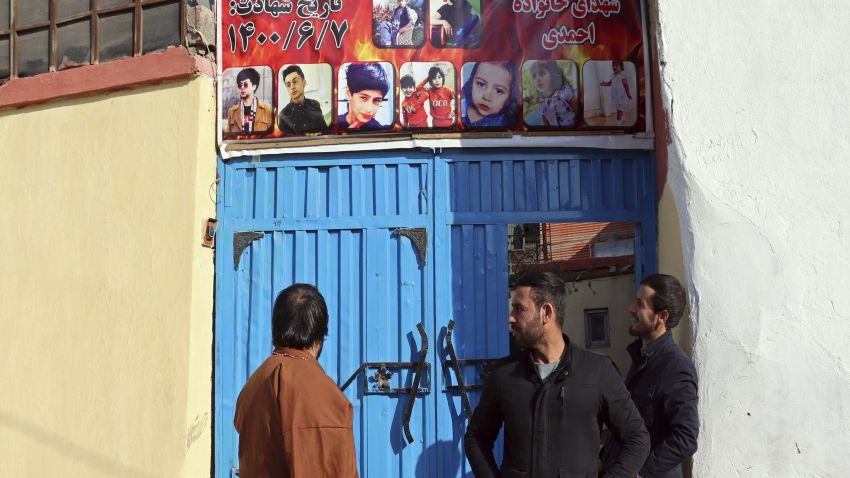In August, the U.S. military announced its intention to implement a Civilian Harm Mitigation and Response Plan to reduce civilian casualties in conflict zones where U.S. forces operate. The plan promises to embed the concern for mitigating harm to civilians at every level of military preparation and operations, in both counterterrorism and conventional missions.
The plan grows out a drone strike conducted on Aug. 29, 2021, when, in a closing salvo as it left Afghanistan, the U.S. military targeted what it believed was an Islamic State operative preparing an attack on the Kabul airport. In the immediate aftermath of the strike, the military reported that it might have killed three civilians, a number subsequently revised upward to 10 civilians, including seven children. A New York Times investigation later established that, rather than being an Islamic State operative planning a suicide bombing, the intended target was in fact an Afghan employee of an international NGO returning home to his family.
In December 2021, the New York Times published another investigative series documenting the human toll of war, based on access to the U.S. military’s reports of civilian casualties. The next month, the Pentagon released a public memo about the need to reduce civilian harm on the battlefield, which culminated in the response plan announced last month. The United States has always professed to take civilian casualties seriously, which raises the question of why it is now issuing a formal plan to do so and what changes might result from it.

